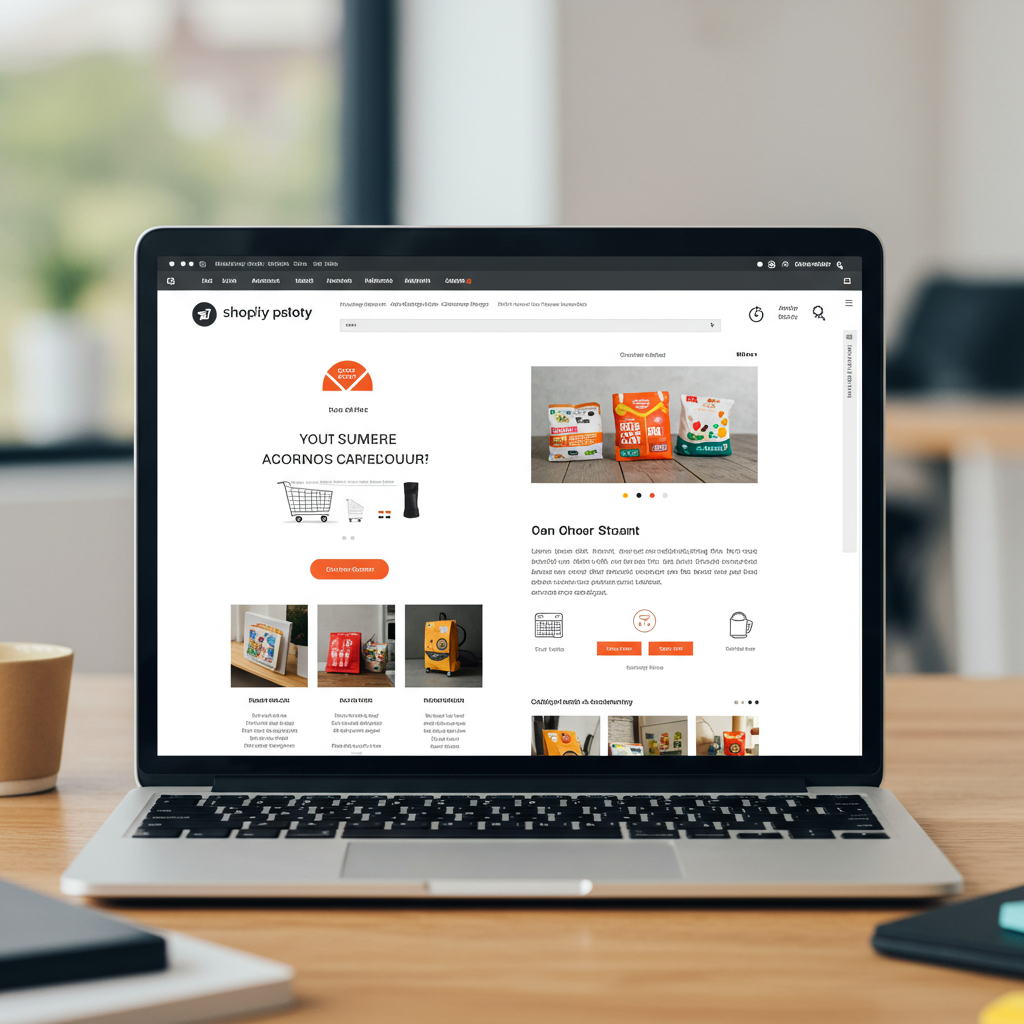Unlock higher conversions and a captivating user experience with these essential strategies for your Shopify homepage.
As a Shopify merchant, you know your online store’s homepage is more than just a digital storefront; it’s your brand’s first impression, your virtual handshake with potential customers.
In the rapidly evolving e-commerce landscape, staying ahead means constantly refining your approach, especially as we look towards 2025.
Today, I want to share some crucial Shopify homepage design tips that will not only captivate your audience but also drive conversions in the coming year.
Our goal is to create a homepage that isn’t just aesthetically pleasing but also highly functional, intuitive, and optimized for the future of online shopping.
First and foremost, let’s talk about the hero section. This is the prime real estate above the fold, and it needs to grab attention instantly.
For 2025, consider dynamic, high-quality video backgrounds or interactive elements that showcase your products in action, rather than static images.
Your value proposition must be crystal clear here. What problem do you solve? What makes you unique? State it concisely and compellingly.
Next, navigation. A cluttered or confusing menu is a conversion killer. Your main navigation should be intuitive, easy to find, and logically organized.
Think about mega-menus for larger inventories, but ensure they don’t overwhelm the user. Mobile navigation, often a hamburger icon, needs to be equally streamlined.
Personalization is no longer a luxury; it’s an expectation. Leverage Shopify apps and AI tools to dynamically display products, offers, or content based on a visitor’s browsing history or demographics.
Imagine a returning customer seeing products they’ve viewed or related items immediately upon landing – that’s the power of smart personalization.
Mobile-first design is non-negotiable. The vast majority of online shopping now happens on smartphones. Your homepage must be flawlessly responsive, fast-loading, and easy to navigate on any device.
Test your site extensively on various screen sizes. Pinch-to-zoom should be unnecessary; elements should scale gracefully.
Speed, speed, speed! A slow-loading homepage is a major deterrent. Optimize your images, minimize app usage, and consider a lightweight theme. Every millisecond counts for user retention and SEO.
Speaking of SEO, ensure your homepage content includes relevant keywords naturally. Your title tags, meta descriptions, and image alt text should all be optimized.
Integrate social proof prominently. Customer reviews, testimonials, user-generated content, and trust badges build credibility and encourage purchases.
Showcase your best-selling products or new arrivals clearly. Use high-quality product photography and concise descriptions that highlight benefits, not just features.
Calls-to-Action (CTAs) need to be compelling and strategically placed. Use action-oriented language like “Shop Now,” “Discover More,” or “Get Your Free Guide.”
Don’t forget about storytelling. Your homepage is an opportunity to convey your brand’s narrative, its mission, and its values. This resonates deeply with modern consumers.
Sustainability and ethical practices are increasingly important to consumers. If these are core to your brand, highlight them on your homepage.
Consider incorporating a blog section or recent articles directly on your homepage. This not only provides fresh content but also positions you as an authority in your niche.
Easy access to customer support, FAQs, and shipping information is vital. Make these links prominent in your footer or a dedicated section.
Finally, remember that your homepage is never truly “finished.” Regularly analyze your analytics, conduct A/B tests, and gather customer feedback.
What do you think about these tips? Are there any strategies you’ve found particularly effective for your Shopify store’s homepage?
By continuously iterating and adapting to new trends and user behaviors, you’ll ensure your Shopify homepage remains a powerful conversion engine for 2025 and beyond.
Embrace innovation, prioritize user experience, and watch your online store thrive.






